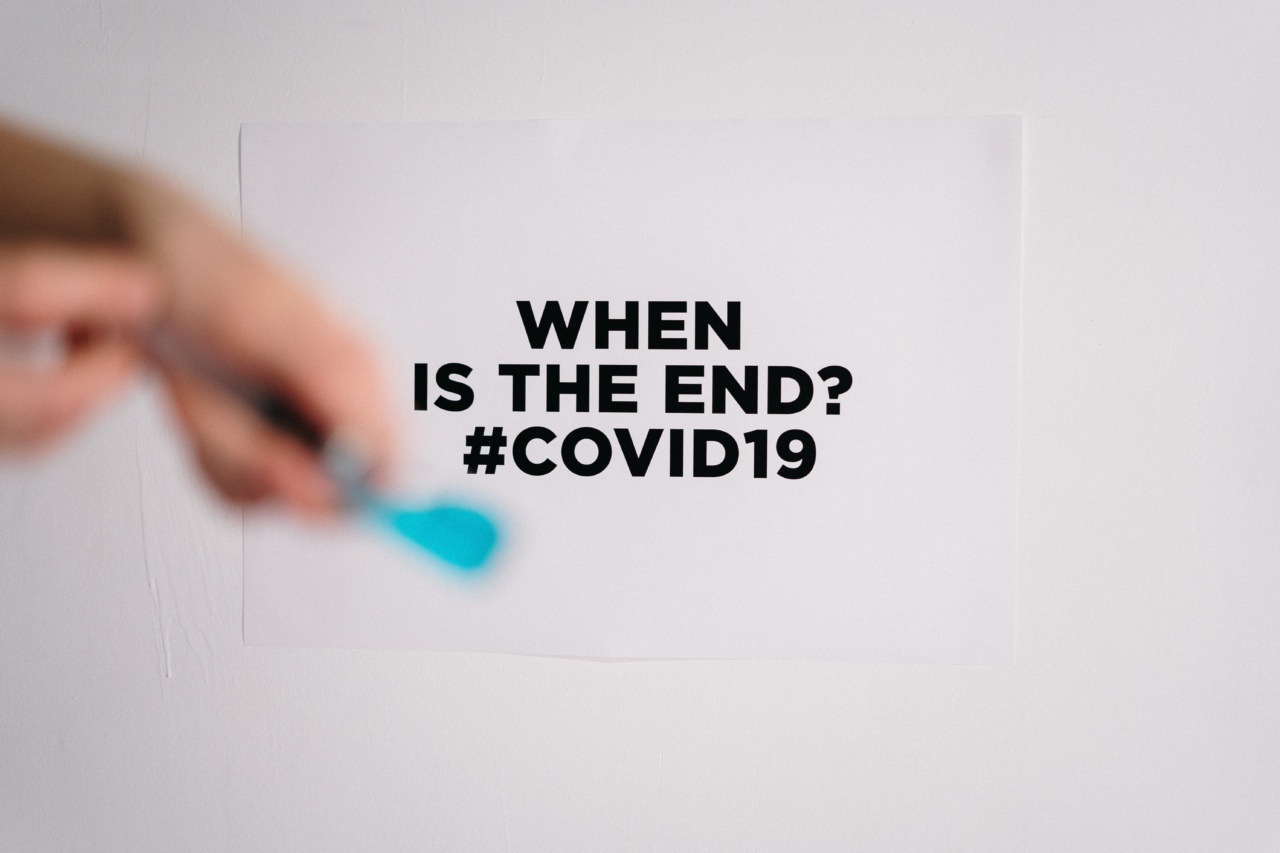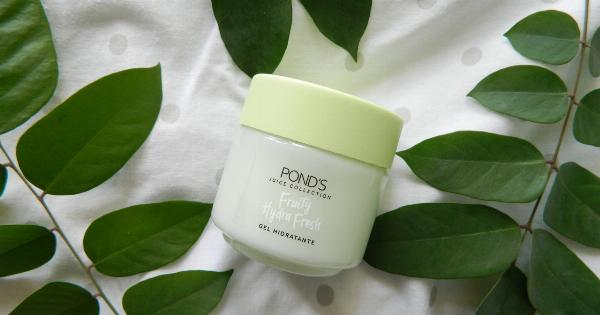Internal pimples, also known as cystic acne or nodules, are deep, painful blemishes that occur beneath the skin’s surface.
Unlike typical pimples that form near the skin’s surface, internal pimples are harder to treat and can take longer to heal. In this article, we will discuss effective ways to prevent and treat internal pimples.
Understanding Internal Pimples
Internal pimples are formed when the hair follicles become clogged with excess oil, dead skin cells, and bacteria. This causes inflammation deep within the skin, resulting in a swollen and painful lump.
Due to their deeper location, internal pimples can be more difficult to treat and may leave behind stubborn scars if not handled properly.
Prevention Tips for Internal Pimples
While some factors contributing to internal pimples are beyond our control, there are several preventive measures that can significantly reduce the occurrence of these painful blemishes:.
1. Proper Skincare Routine
Maintaining a consistent skincare routine is essential in preventing internal pimples.
Use a gentle cleanser to remove excess oil and dirt from the skin, and follow it up with a non-comedogenic moisturizer to keep your skin hydrated without clogging the pores.
2. Avoid Touching Your Face
Touching your face frequently can transfer bacteria and dirt onto your skin, increasing the risk of pimples. Avoid touching your face unnecessarily and always wash your hands thoroughly before touching it.
3. Keep Your Hair Clean
Greasy hair can transfer oil to your face, leading to clogged pores and the development of internal pimples. Wash your hair regularly and keep it away from your face to prevent breakouts.
4. Avoid Heavy Makeup
Heavy makeup can clog the pores and worsen internal pimples. Opt for non-comedogenic, oil-free products that won’t block your skin’s natural processes.
5. Eat a Balanced Diet
Consuming a healthy diet rich in fruits, vegetables, and whole grains can significantly improve your skin’s health. Avoiding processed foods, sugary snacks, and excessive dairy consumption can also help prevent internal pimples.
Treatment Options for Internal Pimples
When it comes to treating internal pimples, a multi-faceted approach is usually required. While it may take time and patience, the following treatment options can be highly effective:.
1. Topical Treatments
Topical treatments containing benzoyl peroxide, salicylic acid, or retinoids are commonly used to treat internal pimples. These ingredients help unclog pores, reduce inflammation, and prevent further breakouts.
Consult with a dermatologist to determine the best-suited product for your skin.
2. Oral Medications
In severe cases, dermatologists may prescribe oral medications such as antibiotics or hormonal therapies to treat internal pimples. These medications work by reducing bacteria or controlling hormonal imbalances that can contribute to acne.
It is essential to follow your dermatologist’s instructions and finish the entire course of medication.
3. Intralesional Injections
For particularly stubborn or inflamed internal pimples, intralesional injections may be recommended. The dermatologist injects a corticosteroid directly into the pimple to reduce inflammation and speed up the healing process.
4. Extraction by a Professional
In some cases, a dermatologist may perform a physical extraction of an internal pimple. This procedure should only be done by a professional to prevent further damage or scarring.
5. Lifestyle Adjustments
Adopting small lifestyle changes can have a significant impact on preventing internal pimples. Avoid smoking, manage stress levels, get regular exercise, and ensure you get enough sleep.
These factors can influence hormonal imbalances and reduce the occurrence of internal pimples.
When to Seek Professional Help
If your internal pimples are persistent, severe, or causing emotional distress, it’s crucial to seek professional help from a dermatologist.
They can assess your condition, provide personalized advice, and recommend the most suitable treatments for your situation.
Conclusion
Internal pimples, though challenging to prevent and treat, can be managed with the right strategies.
By taking proactive steps to minimize their occurrence and seeking professional help when necessary, individuals can effectively control internal pimples and promote healthier skin.




























